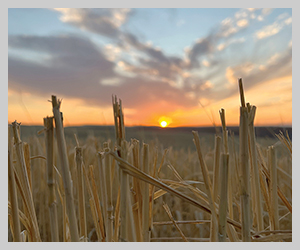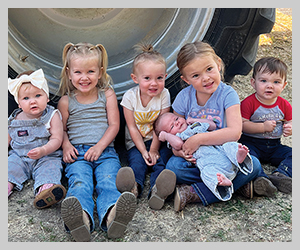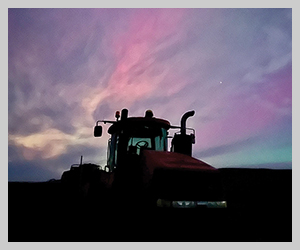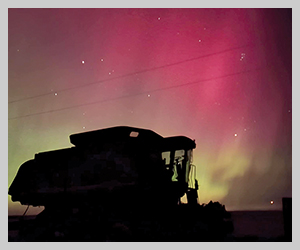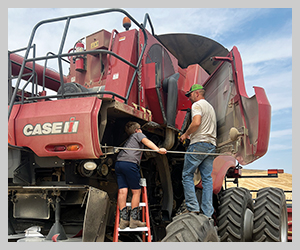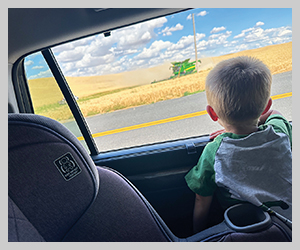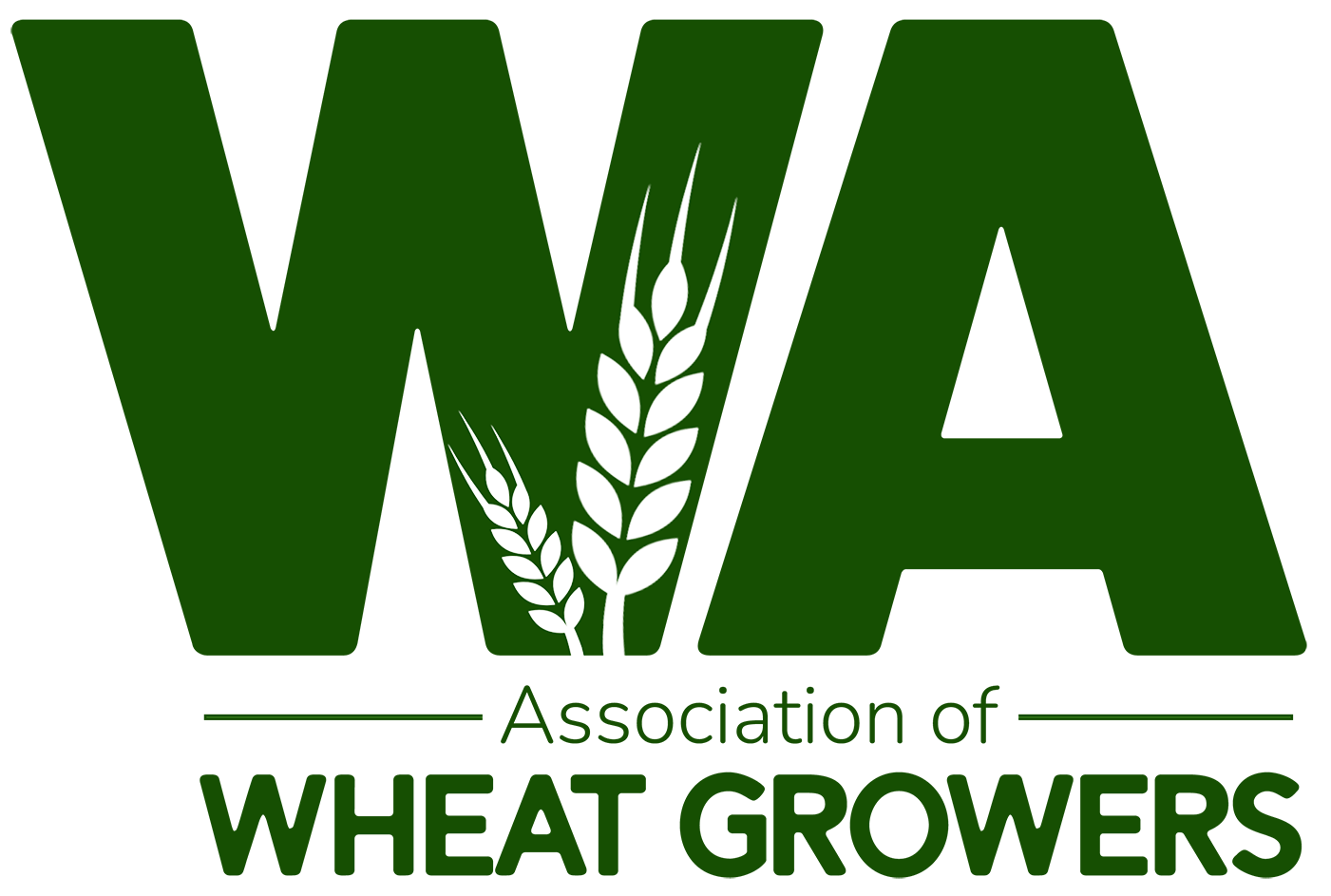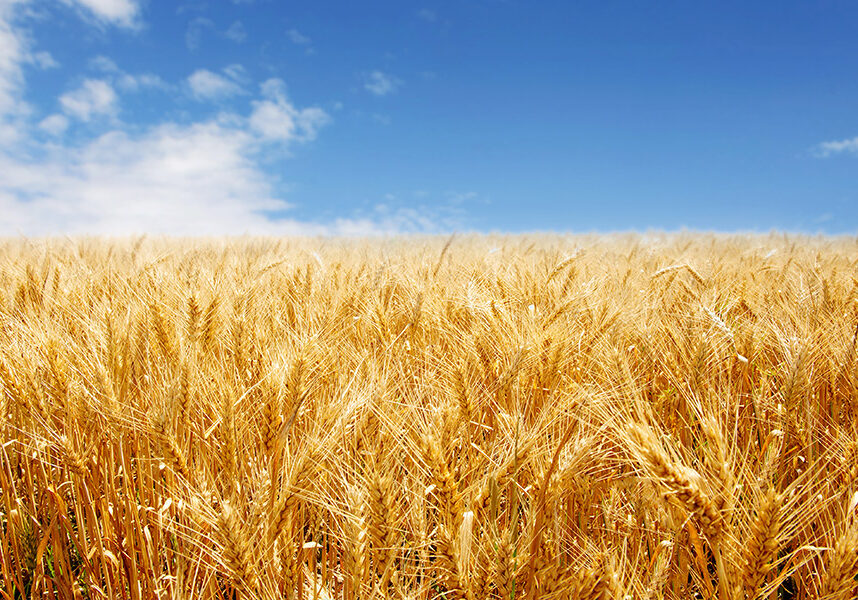
Every new year brings changes and challenges, and this year is shaping up to be no different. In December, we learned that Bill Schillinger, director of Washington State University’s (WSU) Lind Dryland Research Station, will be retiring this month. Bill has spent nearly three decades at the station, dedicating his studies and research helping farmers thrive in one of the lowest precipitation zones in Eastern Washington. I don’t know Bill personally, but I am personally acquainted with the results of his work.
Even though my farm is 80 miles away from the research station, we have similar average rain fall, temperatures and types of soil. The variety of wheats that are tested in Lind are a really great match for us, like “Eltan,” as it was developed to tolerate snow mold, which can be an issue in our area. A lot of future generations of wheat varieties have some of this type of snow mold resistance gene bred into them. Needless to say, wheat growers throughout the region are grateful for all the work Bill has done, and we wish him well on his retirement.
However, there is now a very big vacancy in WSU’s research program for dryland cropping systems. The Washington Association of Wheat Growers recently sent a letter to members of WSU’s College of Agricultural, Human and Natural Resource Sciences administration urging them to fill the position as expediently as possible with an individual that has expertise in soil health, cropping systems and precision agriculture. The letter goes on to say, “Historically, Extension agents have made substantial contributions to this region, not only by increasing yields in desert-like conditions, but made alternate crops such as winter peas possible, which in turn, improve our wheat and barley crops. Decades-long projects are still in process and must be continued. In today’s world, there is a core of innovative farmers anxiously seeking to continue collaborations with Extension in the adaptive research that has transformed Eastern Washington into one of the most productive and diverse agricultural regions in the world. Simply put, the collaboration between Extension and growers has advanced the small grains industry and, in turn, increased dollars generated for WSU research.”
We need to continue to support funding for the Lind Dryland Research Station and the research that happens there, because farming practices and wheat varieties are always evolving. Without Lind, we wouldn’t have the varieties of wheat that are a good fit for the Northwest.
You can read the entire letter on our website at wawg.org.
I hope you were able to join us in December for convention. It was a resounding success, thanks mainly to the hard work put in by the staff at the Idaho, Oregon and Washington wheat organizations. The level of detail and planning that goes into pulling off such a huge event is mind boggling. Couldn’t make it this year? We’ve got you covered in this issue of Wheat Life. See pages 24-35 for our convention recap and pictures.
I hope you’ve been fortunate enough to get some of this moisture we’ve been enjoying. That’s one change I’ll gladly take this year—less drought!



